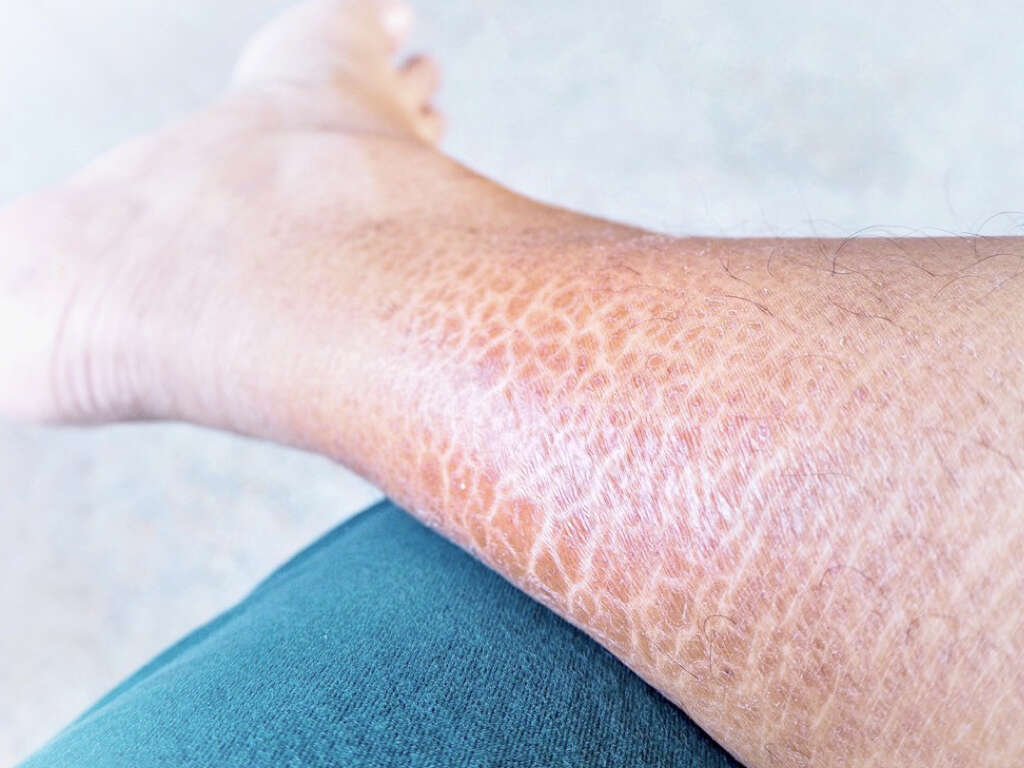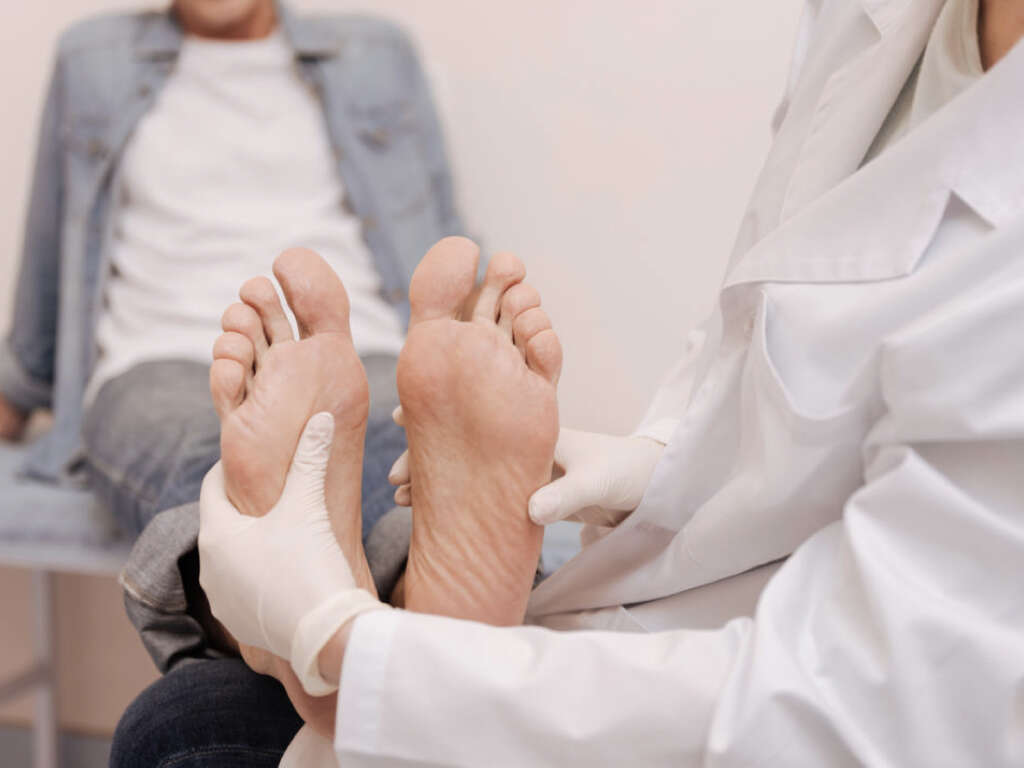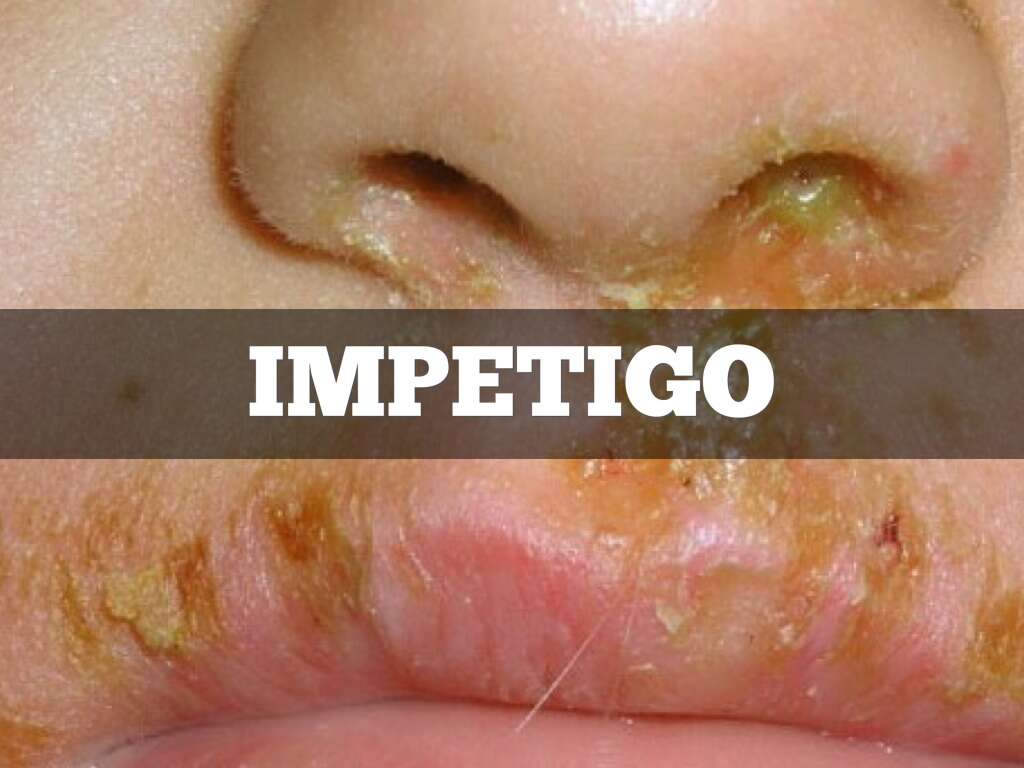What Is Ludwig's Angina?
We are often advised to maintain good oral hygiene, and for some very good reasons. Good oral hygiene is important because it helps to keep our teeth and the rest of our mouth structure in good condition. It also helps prevent the build-up of bacteria and other pathogens that could otherwise cause us harm.
If we don’t practice good oral hygiene then we might end up experiencing some rather unpleasant complications. Bacteria might cause infections that can be quite painful, and even dangerous in some cases. One example of an infection that can be very unpleasant indeed is Ludwig’s angina.

1. Ludwig’s Angina?
If we are unfortunate, or careless, then our mouths can become a breeding ground for bacteria. These bacteria can then cause problems for our teeth, while they can also be problematic for the soft tissues in our mouths. Infections can take hold that can cause us a verity of different problems.
One such example of a mouth infection is Ludwig’s angina, which is a disease that affects the tissues on the floor of the mouth. It is a rare condition, and it can result in a number of unwelcome symptoms. The condition is treatable, and the majority of patients go on to make a full recovery.

2. Causes
The streptococcus and staphylococcus bacteria can both be causes of Ludwig’s angina. These bacteria are rather common, but they will not usually cause a problem because our immune system is usually strong enough to deal with them. They can become a problem for some people under the wrong circumstances, however.
Trauma to the mouth can cause bacteria to get into the skin, potentially resulting in an infection. Having a tooth removed or other similar dental work will also be the cause behind Ludwig’s angina in some cases. Poor dental hygiene is another possible reason why some people will develop the condition.

3. Fever
Bacteria struggle to survive and thrive when their environment is too hot. In some cases, being too hot can even kill the bacteria outright. Our immune systems have evolved to take advantage of this by developing the ability to create what is commonly known as a fever.
When pathogens are present, the immune system will often respond by heating the body up. Patients with a fever will also often have chills, and this is because the two are part of the same mechanism. Our immune system adjusts our internal thermostat to make us feel cold. This will encourage us to shiver, and this will cause our body heat to increase.

4. Neck Pain
It’s not uncommon for people to wake up in the morning and have a pain in their neck. When this does happen, it is usually down to the patient having slept at an awkward angle. The pain will often last for just a day or two, but sometimes longer. If the pain is more persistent, however, it might be down to a condition like Ludwig’s angina.
In addition to pain in their neck, patients with Ludwig’s angina are also likely to find that their neck becomes red and swollen. Another potential symptom of the condition is an earache. People showing these symptoms should be sure to speak with a doctor as soon as they are able to.

5. Mouth Pain
There are different reasons why we might feel pain in our mouths, perhaps the most common reason for it is toothache. Another potential cause of pain in the mouth is Ludwig’s angina, which will be located in the floor of your mouth below the tongue.
In addition to the pain, the patient can also experience a swelling in their tongue. The swelling can be so significant that it causes the tongue to be forced up against the palate. This can make it a lot harder for the patient to eat and drink. It can also make it harder for some patients to breathe.

6. Weakness
When we are ill, a lot of the nutrients that would otherwise be used to help fuel our bodies are likely to be used by the immune system instead. Without these nutrients, our bodies will have difficulty generating the energy they need, and this can make us feel weaker than usual.
In addition to feeling weak, we can also feel fatigued all the time. Even people that are resting all day long can feel tired from the moment they wake up, until it is time to fall asleep again. Some patients with Ludwig’s angina will also sometimes be confused more easily than usual, but these are symptoms that should disappear once the patient has recovered.

7. Swallowing Difficulties
Our throats are made of soft, delicate tissue and are prone to becoming quite sore. This can also mean that the patient has difficulty swallowing. This is often the case with Ludwig’s angina, and a swollen tongue can contribute to their swallowing difficulties.
In addition, the swollen tongue and pain in their mouth can cause the patient to drool, which can be quite embarrassing for them. People with Ludwig’s angina will also sometimes have difficulty speaking clearly. The good news is that symptoms are only usually temporary and the patient will make a full recovery once the infection is cured.

8. Prevention
Many instances of Ludwig’s angina could have been avoided if only the patient took some precautions, and the precautions are mostly common-sense actions that we should all practice regardless. Among the most effective is to practice good oral hygiene, and this should be done on a daily basis where possible.
Oral hygiene can help to prevent Ludwig’s angina by removing bacteria before they can infect the floor of the mouth. It can also help to remove bacteria that can damage teeth, helping to prevent the need for extractions and other procedures. If you have undergone dental procedures recently then you should take all precautions to ensure an infection cannot take hold.

9. Diagnosis
Your doctor is likely to want to perform a brief physical exam, including looking inside your mouth. They might also want to know more about your medical history and about the symptoms you are feeling. If Ludwig’s angina is suspected, further testing will likely be requested to help confirm the diagnosis.
Testing to diagnose the condition will generally include taking samples of fluids to help look for signs of an infected. This will also help to identify the specific pathogen responsible for the infection. Imaging software will also sometimes be used to help give experts a visual image of the patient’s mouth.

10. Treatment
One of the first things that need to be done is to ensure the patient is able to breathe, which will often involve passing a breathing tube into the lungs. In more severe cases, a tracheotomy might be needed, which involves making an opening in the neck to allow air to pass through.
Antibiotics will also likely be needed to help fight the infection directly. Many patients will also need to have excess fluids drained away from the area of the infection. If there are underlying causes present such as a tooth infection, then these will also need to be treated.












